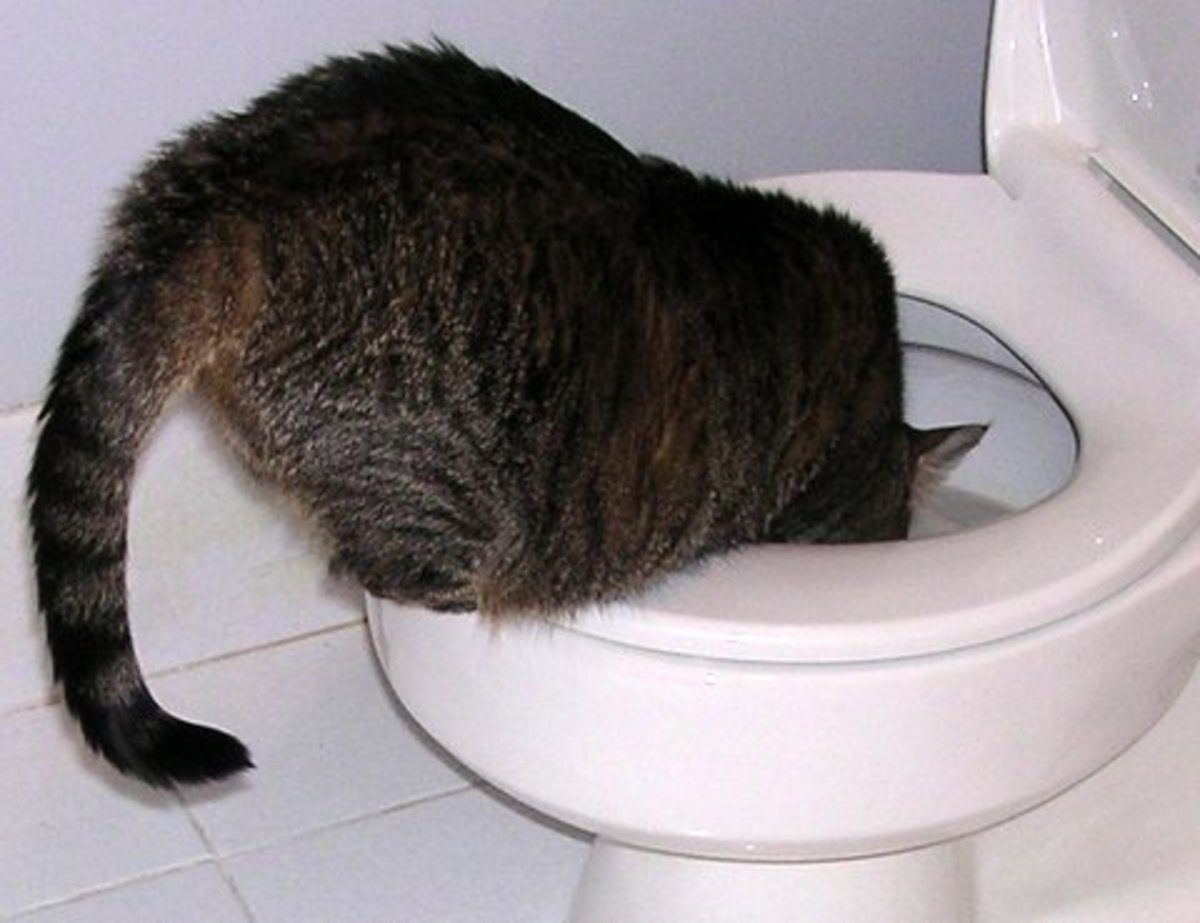Avoid Toilet Disasters: Don't Flush Cat Poop Down Your Toilet - Expert Guidance
Avoid Toilet Disasters: Don't Flush Cat Poop Down Your Toilet - Expert Guidance
Blog Article
What're your opinions concerning Don’t flush cat feces down the toilet?

Intro
As feline proprietors, it's important to bear in mind exactly how we get rid of our feline close friends' waste. While it may seem practical to purge cat poop down the toilet, this technique can have damaging consequences for both the environment and human health.
Environmental Impact
Flushing feline poop introduces dangerous virus and bloodsuckers right into the water supply, posing a significant threat to marine ecological communities. These pollutants can adversely affect aquatic life and concession water high quality.
Health Risks
In addition to environmental concerns, flushing pet cat waste can additionally posture health and wellness dangers to people. Feline feces might have Toxoplasma gondii, a bloodsucker that can create toxoplasmosis-- a possibly serious health problem, especially for pregnant women and people with damaged body immune systems.
Alternatives to Flushing
Thankfully, there are more secure and a lot more accountable ways to dispose of feline poop. Think about the following choices:
1. Scoop and Dispose in Trash
The most common technique of getting rid of cat poop is to scoop it right into a naturally degradable bag and toss it in the trash. Make sure to utilize a committed clutter scoop and throw away the waste immediately.
2. Use Biodegradable Litter
Select naturally degradable cat clutter made from materials such as corn or wheat. These trashes are environmentally friendly and can be safely thrown away in the trash.
3. Hide in the Yard
If you have a backyard, consider hiding feline waste in a designated area far from veggie gardens and water resources. Make sure to dig deep adequate to prevent contamination of groundwater.
4. Set Up a Pet Waste Disposal System
Invest in a pet dog waste disposal system especially developed for pet cat waste. These systems utilize enzymes to break down the waste, reducing odor and ecological impact.
Verdict
Liable family pet possession prolongs past giving food and shelter-- it likewise involves proper waste management. By avoiding flushing feline poop down the commode and choosing alternate disposal approaches, we can reduce our ecological footprint and protect human health and wellness.
Why Can’t I Flush Cat Poop?
It Spreads a Parasite
Cats are frequently infected with a parasite called toxoplasma gondii. The parasite causes an infection called toxoplasmosis. It is usually harmless to cats. The parasite only uses cat poop as a host for its eggs. Otherwise, the cat’s immune system usually keeps the infection at low enough levels to maintain its own health. But it does not stop the develop of eggs. These eggs are tiny and surprisingly tough. They may survive for a year before they begin to grow. But that’s the problem.
Our wastewater system is not designed to deal with toxoplasmosis eggs. Instead, most eggs will flush from your toilet into sewers and wastewater management plants. After the sewage is treated for many other harmful things in it, it is typically released into local rivers, lakes, or oceans. Here, the toxoplasmosis eggs can find new hosts, including starfish, crabs, otters, and many other wildlife. For many, this is a significant risk to their health. Toxoplasmosis can also end up infecting water sources that are important for agriculture, which means our deer, pigs, and sheep can get infected too.
Is There Risk to Humans?
There can be a risk to human life from flushing cat poop down the toilet. If you do so, the parasites from your cat’s poop can end up in shellfish, game animals, or livestock. If this meat is then served raw or undercooked, the people who eat it can get sick.
In fact, according to the CDC, 40 million people in the United States are infected with toxoplasma gondii. They get it from exposure to infected seafood, or from some kind of cat poop contamination, like drinking from a stream that is contaminated or touching anything that has come into contact with cat poop. That includes just cleaning a cat litter box.
Most people who get infected with these parasites will not develop any symptoms. However, for pregnant women or for those with compromised immune systems, the parasite can cause severe health problems.
How to Handle Cat Poop
The best way to handle cat poop is actually to clean the box more often. The eggs that the parasite sheds will not become active until one to five days after the cat poops. That means that if you clean daily, you’re much less likely to come into direct contact with infectious eggs.
That said, always dispose of cat poop in the garbage and not down the toilet. Wash your hands before and after you clean the litter box, and bring the bag of poop right outside to your garbage bins.
https://trenchlesssolutionsusa.com/why-cant-i-flush-cat-poop/

As a serious reader about Can You Flush Cat Poo or Litter Down the Toilet?, I figured sharing that piece of content was essential. Do you know about somebody who is truly interested in the subject? Why not promote it. Many thanks for taking the time to read it.
Click Here Report this page